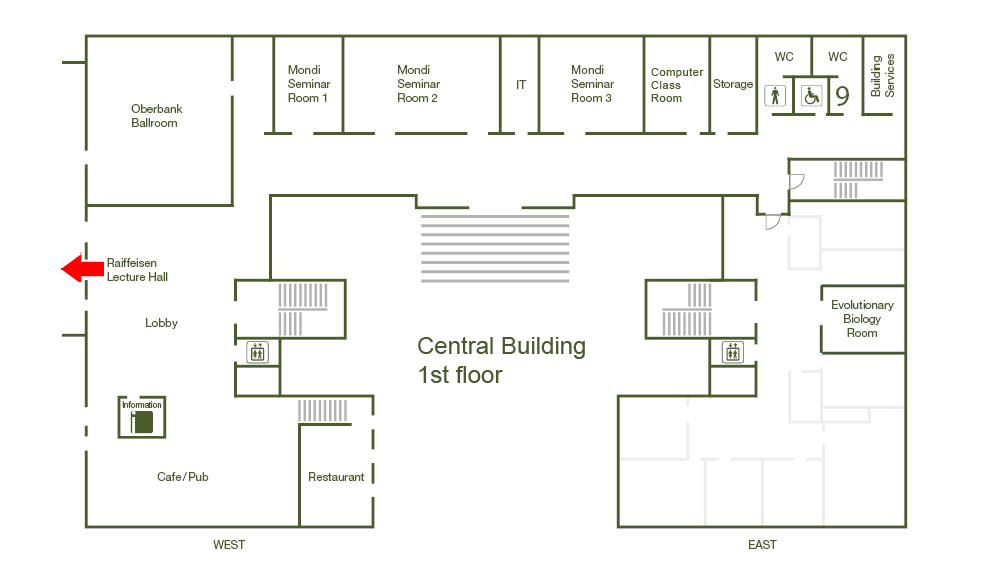The Institute Colloquium: Neurotrophins in development and disease
Date
Monday, October 5, 2015 12:45 - 14:00
Speaker
Yves Barde (Cardiff University)
Location
Raiffeisen Lecture Hall, Central Building
Series
Colloquium
Tags
Institute Colloquium
Contact
Url

Neurotrophins are small dimeric proteins encoded by 4 genes in mouse and human. They signal either through ligand-specific tyrosine kinase receptors or the pan-neurotrophin receptor p75, a member of the tumour necrosis receptor family. As no closely related genes have been identified in short lived species typically used by geneticists, progress has been quite slow in elucidating neurotrophin signalling. Indeed, it is only recently that 2 of the long known neurotrophin tyrosine kinase receptors, TrkA and TrkC, were discovered to kill neurons in the absence of their respective ligands NGF and NT3. These results explain at long last the NGF dependency for survival of TrkA-expressing neurons. In addition, it is becoming clear that BDNF, by far the most widespread neurotrophin in the brain, is not a significant survival factor in the CNS in the absence of lesion, in line with the finding that its receptor TrkB does not kill neurons in the absence of BDNF. This neurotrophin is localized pre- and not post-synaptically and is stored in large dense core vesicles of excitatory neurons as revealed by light and electron microscopy. These results are in line with numerous studies indicating a feed forward mechanism that is readily apparent in the striatum, with the cortical afferents delivering BDNF onto medium-sized spiny neurons. This mechanism is of special relevance to diseases such as Huntingtons and it appears that GABA-ergic neurons need BDNF to reach, possibly also to keep their normal size including the extent of dendritic arborisation and spine numbers. In mice lacking Mecp2, the gene associated with most cases of Rett Syndrome, the levels of BDNF are markedly reduced in some brain areas, including the cerebral cortex and the size of their striatum is significantly decreased. In an attempt to increase BDNF levels with substances diffusing into the CNS, we found that fingolimod, a drug used for the treatment of multiple sclerosis, restored the size of the striatum to a volume close to normal. It also markedly improved the loco-motor activity of animals lacking MeCP2. Fingolimod turned out to increase BDNF levels in areas such as the cerebral cortex and the striatum but not in others such as the cerebellum. These results formed the basis for an exploratory clinical trial with Rett syndrome patients.